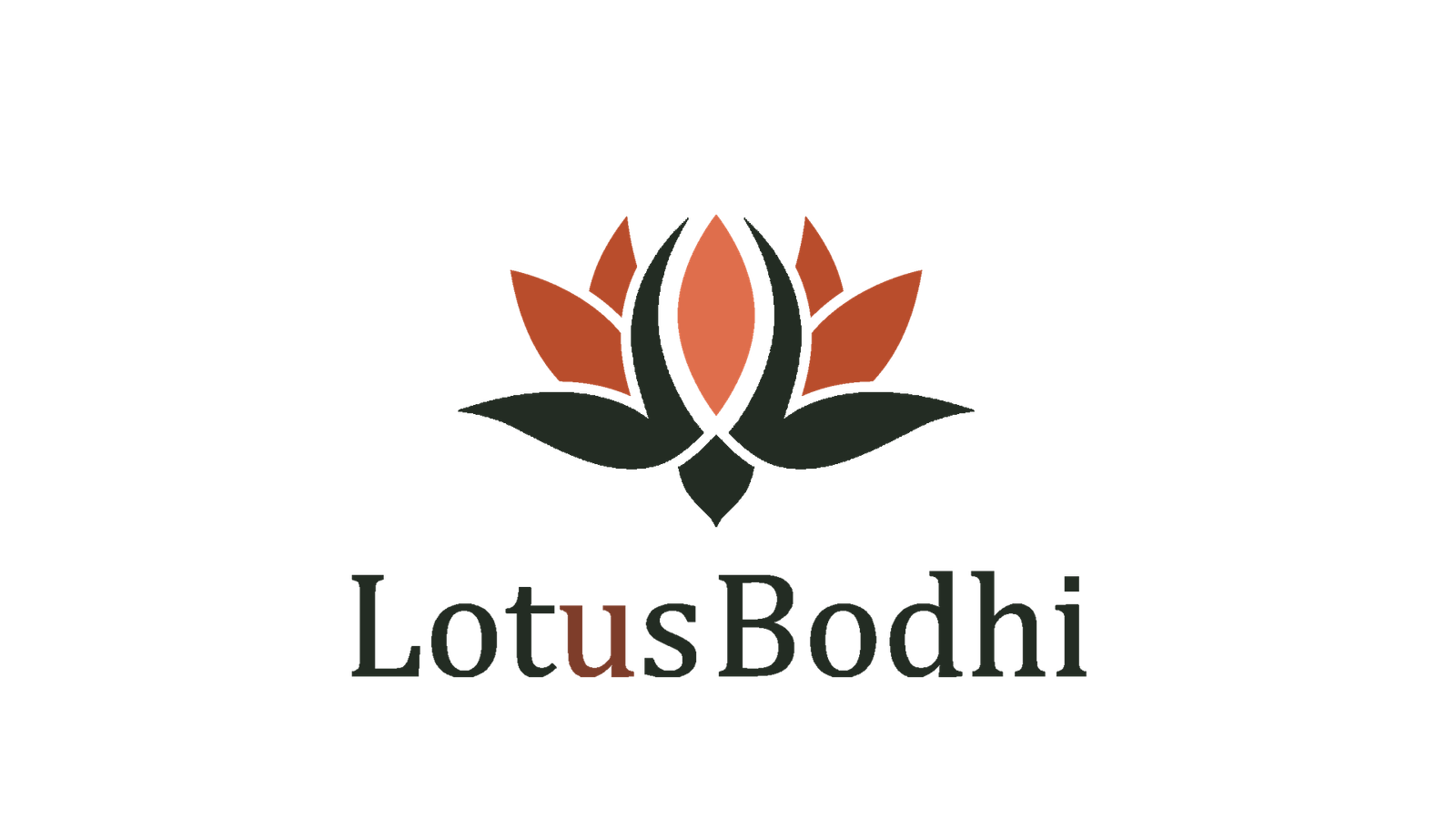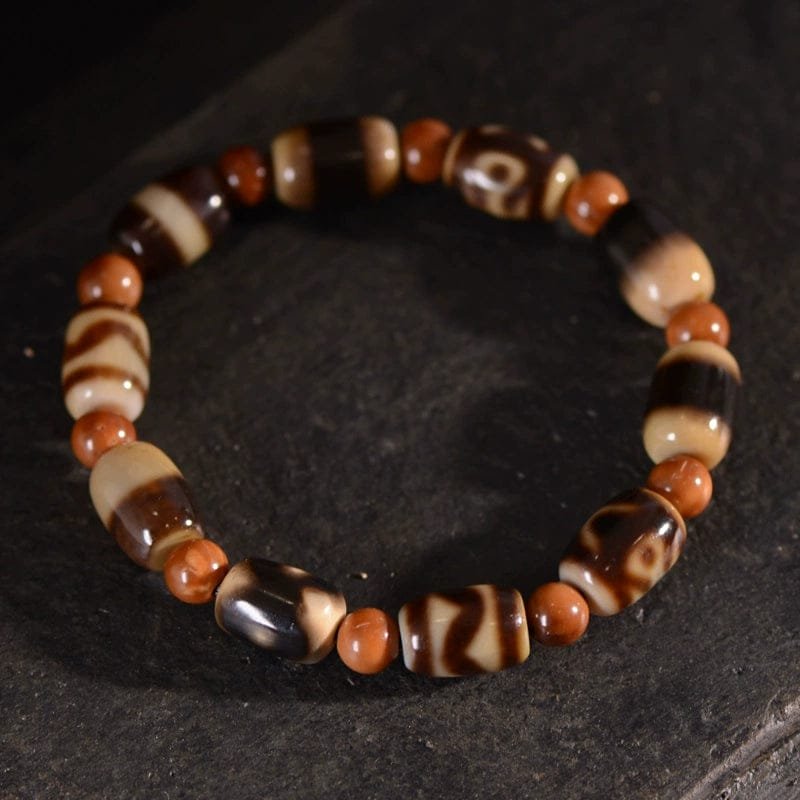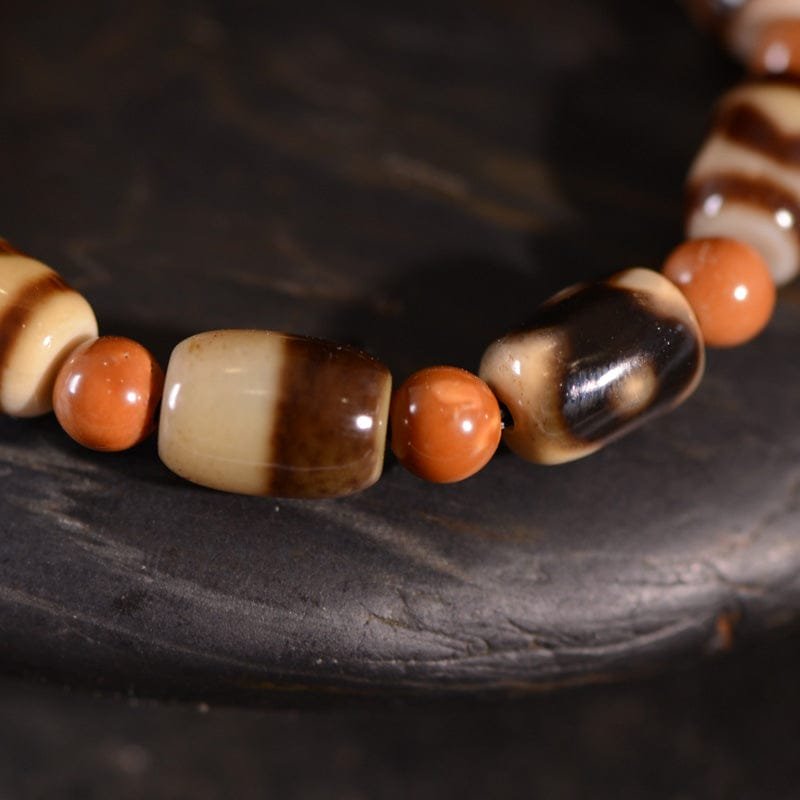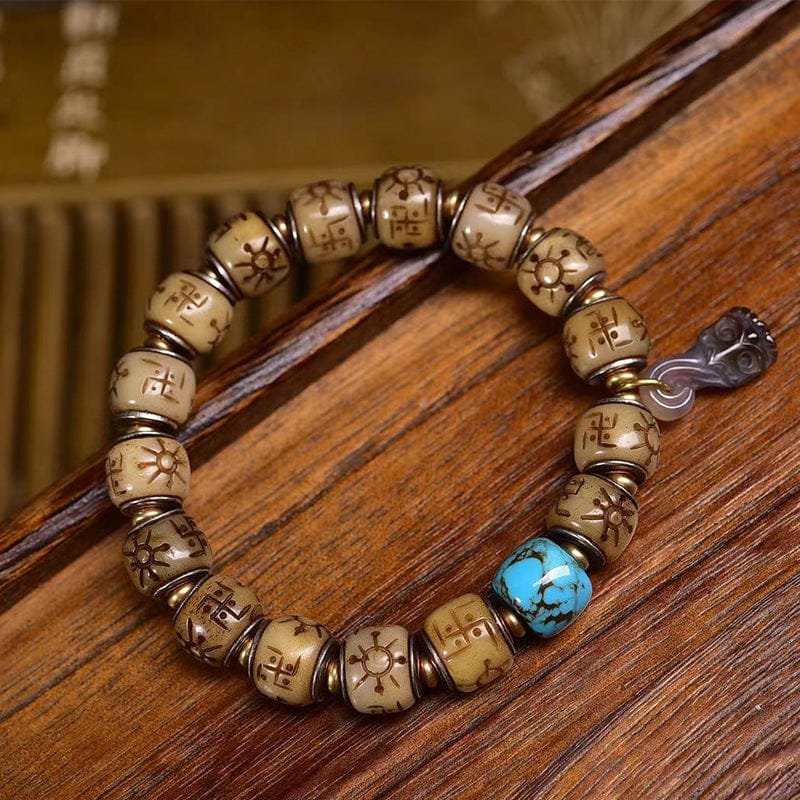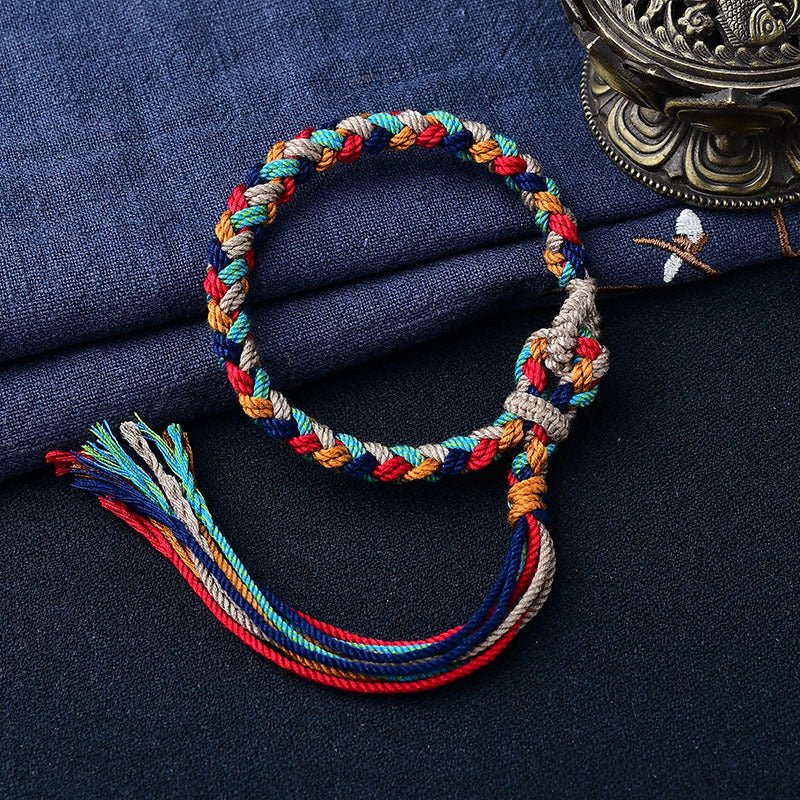Global Buying Guide: Exploring the Unique Tibetan Bracelets
Tibet, this mysterious and sacred land, has nurtured countless treasures carrying profound cultural and spiritual significance, and Tibetan bracelets are among them. From ancient monasteries to boutiques in bustling cities, Tibetan culture enthusiasts around the world are searching for bracelets that allow them to carry the spirituality and beauty of Tibet with them. Now, let’s embark on this wonderful journey of purchasing Tibetan bracelets globally.
1. The Unique Charm of Tibetan Bracelets
Diverse Materials, Each with Its Own Merits
Tibetan bracelets come in a wide range of materials, each with unique meanings. Yak bone bracelets exude a simple and primitive charm. Yaks play a crucial role in the lives of Tibetans, and yak bone products are regarded as symbols of tenacity and vitality. Bracelets inlaid with gemstones such as coral and turquoise showcase luxury and nobility. In Tibetan culture, turquoise is considered the incarnation of deities and can protect the soul; coral is also an essential accessory for noble families. There are also bracelets strung with dzi beads. Pure dzi beads were used as trade beads during the Tubo period and later became symbols of nobility status and wealth. Today, the transaction price of a single dzi bead at auction can reach millions or even tens of millions of yuan. Owning a string of dzi bead bracelets is a distant dream for many collectors.
Profound Cultural Meanings
Every Tibetan bracelet is like a condensed cultural history book. For example, the common vajra knot bracelets: in Buddhist culture, vajra knots symbolize warding off evil spirits and ensuring safety. The intricate hand-woven knots embody Tibetans’ aspirations for a better life. The Six-Syllable Mantra of Tibetan Buddhism (“Om Mani Padme Hum”) is also often engraved on the metal accessories or beads of bracelets. These six characters contain boundless compassion and wisdom, making the wearer feel as if they are always blessed by the Buddha. Additionally, there are bracelets featuring the Eight Auspicious Symbols (precious umbrella, golden fish, treasure vase, lotus flower, conch shell, auspicious knot, victory banner, golden wheel). These symbols represent auspiciousness, perfection, and happiness, allowing the wearer to carry the beautiful meanings of Tibetan Buddhism with them.
2. Recommended Global Purchasing Platforms
Online Platforms: Convenient and Diverse
- Alibaba: As a world-renowned wholesale purchasing platform, Alibaba gathers numerous suppliers from China, offering a rich variety of Tibetan bracelet styles. From traditional Tibetan prayer bead bracelets (such as 108-bead rosaries made of natural gemstones and bodhi seeds) to fashionable modern designs that integrate Tibetan elements with popular styles, you can find affordable wholesale sources here, suitable for business procurement, as well as purchase favorite items at reasonable prices. For instance, some merchants sell Tibetan-style copper bead bracelets, which are hand-woven and matched with exquisite copper Buddha heads and bells, full of strong Tibetan Buddhist charm.
- Etsy: Focusing on handmade and vintage items, Etsy is a paradise for handmade enthusiasts worldwide. It also features many Tibetan-style bracelets crafted by artisans from around the globe. Some designers skillfully blend modern aesthetics with Tibetan culture to create unique works. For example, there is a Tibetan-style wrist rosary bracelet made of garnet and rose quartz. It not only has an attractive color combination but also integrates meditation and yoga elements, suitable for consumers pursuing personalization and high quality.
- AliExpress: Mainly engaged in retail, AliExpress provides a large number of affordable Tibetan bracelet options. From simple colored cotton-woven bracelets to gorgeous styles inlaid with imitation gemstones, there is a wide range to choose from. Many merchants on the platform also support dropshipping, facilitating purchases for individual buyers. For example, a hand-woven Tibetan Buddhist copper bead bracelet with an adjustable knot design fits wrists of different sizes and is popular for its retro style.
Offline Stores: Hands-On Experience
- Barkhor Street, Lhasa: If you are fortunate enough to visit Tibet, Barkhor Street is definitely a sacred place for purchasing Tibetan bracelets. With numerous stores ranging from traditional Tibetan shops to modern cultural and creative stores, the dazzling array of bracelets is overwhelming. In traditional shops, you can find yak bone bracelets handcrafted by elderly artisans, where the texture of each piece of bone tells a story of time. In cultural and creative stores, such as the cultural and creative supermarket in the Tibet Museum, there are Tibetan-style hand ropes integrated with modern design concepts. For example, hand ropes with metal accessories inspired by the murals of the Potala Palace, paired with consecration certificates issued through formal Buddhist rituals, are both aesthetically pleasing and culturally rich.
- Global Tibetan Culture-Themed Stores: In other cities around the world, there are also some Tibetan culture-themed stores. For example, in international metropolises like New York, London, and Paris, there are specialized stores selling cultural products from Tibet and the Himalayan region. These stores carefully select bracelets from Tibet and surrounding areas, ensuring high quality. The staff in the stores usually have in-depth knowledge of Tibetan culture and can introduce the cultural background and characteristics of each bracelet in detail, allowing you to gain more knowledge while purchasing.
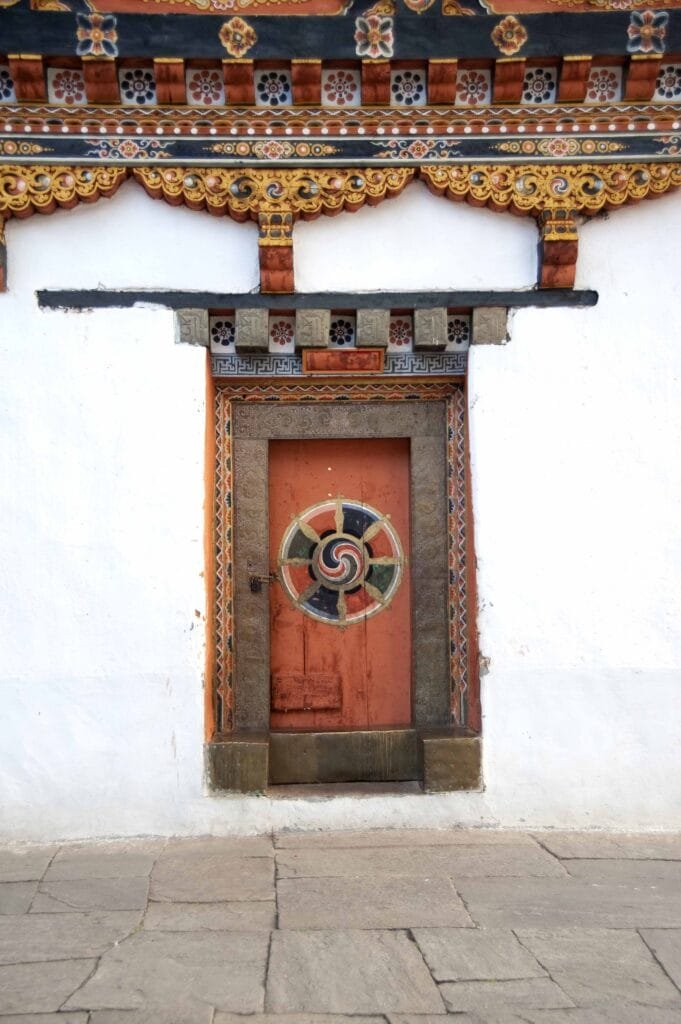
3. Purchasing Tips
Material Identification: Sharp Eyes
- Gemstones: Taking turquoise as an example, natural turquoise has a natural color with light and dark variations, and the distribution of iron lines is irregular. Observed under a magnifying glass, the iron lines of natural turquoise are concave, and there are natural textures inside the iron lines. However, treated or counterfeit turquoise has an overly uniform color, and the iron lines may be too regular, even with obvious artificial traces. For coral, genuine coral has a dense texture, warm color, and soft luster. Dyed coral has an overly bright color, and the color tends to concentrate in the gaps.
- Bone Materials: Authentic yak bone bracelets have high bone density, natural texture, and luster on the surface. After long-term wear and handling, they will develop a warm patina. Fake yak bones may be replaced with bones of other animals or undergo chemical treatment, resulting in loose bone texture, unnatural patterns, and a lack of the texture precipitated by time.
- Metals: The metal accessories of common Tibetan bracelets are mostly made of copper or silver. Pure silver is relatively soft, easy to deform, and has a soft silvery-white color. If the copper accessories are old items, there will be a natural oxide layer on the surface, showing a simple color. New copper products have a brighter color, while copper accessories with artificial aging often have stiff aging traces.
Price Judgment: Rational Consumption
- Materials Determine the Base Price: Materials are a key factor affecting the price of Tibetan bracelets. As mentioned earlier, the price of pure dzi bead bracelets is extremely high. A single top-quality dzi bead can reach a price of millions or even higher, and a complete string of high-quality pure dzi bead bracelets is extremely expensive. In contrast, ordinary bodhi seed bracelets are relatively affordable, ranging from tens to hundreds of yuan. The price of coral, turquoise, and other gemstone bracelets varies depending on quality. High-quality turquoise bracelets may cost several thousand yuan per gram, and the total price of a bracelet may range from several thousand to tens of thousands of yuan; while the price of coral bracelets with average quality may range from several hundred to several thousand yuan.
- Craftsmanship and Cultural Value Additions: Complex craftsmanship such as hand weaving and carving will increase the price of bracelets. For example, a hand-woven vajra knot bracelet with exquisite weaving craftsmanship and tight, neat knots will be more expensive than ordinary machine-woven styles. Bracelets with special cultural meanings or consecrated by eminent monks will also have a price increase due to their cultural value. For example, the hand ropes launched by the Potala Palace and consecrated through formal Buddhist rituals include the cultural added value of consecration in their prices.
Embarking on this journey of purchasing Tibetan bracelets globally, you will not only obtain a beautiful accessory but also carry the mysterious culture and blessings of Tibet with you, allowing this unique charm to accompany you through every moment of life.
